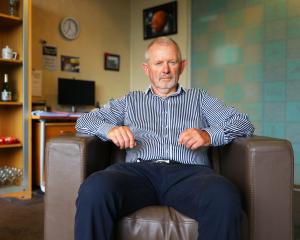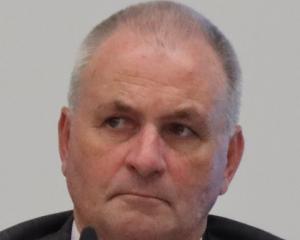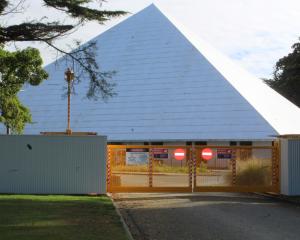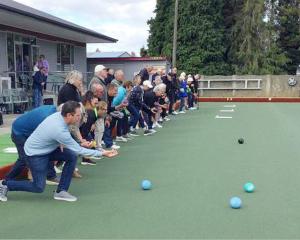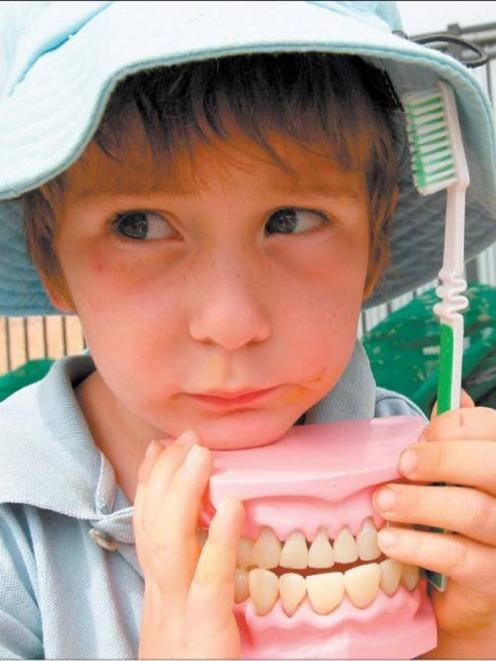
The capital costs of installing a system to add fluoride to the Tapanui water supply are estimated to be $43,000 plus GST.
CDC water services manager Hank Stocker said in a recent report to the board that the ongoing operating costs (chemical and labour) of adding fluoride to the water supply were not eligible for a subsidy and would add $17 per annum to the Tapanui water rate for each ratepayer.
Fluoridation of water supplies means topping up the background level of fluoride in the drinking water to reduce tooth decay.
A non-binding referendum by Public Health South was undertaken in specific areas of the West Otago ward, including the Tapanui township, in the 2007 local body elections.
Out of Tapanui's population of 744, 365 people voted in the referendum. Of those who responded, 49 per cent voted against the introduction of fluoride and 51 per cent voted for it.
Referenda on the same topic were also conducted in Kaitangata and Milton where the results were more clear cut. There was an approval rate of 61 per cent in Kaitangata and 63 per cent in Milton.
West Otago Community Board chairman Lindsay Alderton said the introduction of fluoride would be a good opportunity to improve the oral health of the community.
‘‘My personal view is that the cost of getting oral health wrong is a huge cost to families,'' Mr Alderton said.
He acknowledged there was not ‘‘huge support'' for the introduction of fluoride in the town but believed the board had read a great deal about the subject and had ‘‘balanced it all up''.
‘‘I raised the point that it is easy to pull the plug right away if we need to.''
Community board member Joy Lietz was the only member to vote against the proposal.
‘‘There is not sufficient evidence to prove fluoride is safe and from what I have read it should not be internally ingested,'' Mrs Lietz said.
‘‘The Timaru District Council had it and then they took it out - why did they do that?''
‘‘In the future people could say ‘fluoride gave me this disease' and sue,'' she said.
After receiving submissions in April last year from the Fluoride Action Network of New Zealand (Fannz), an action group working towards removing toxins from the environment, CDC forwarded the submissions to Public Health South for a response.
In a submission, Fannz spokeswoman Mary Byrne said the group was concerned ‘‘a clear mandate was not received from Tapanui''.
In its response last July, Public Health South maintained that although the results from the Tapanui referendum were not overwhelmingly in favour of fluoridation, referenda were considered a high-risk approach to consultation.
Public Health South also said that in New Zealand populations with fluoridated water, the only noticeable health change had been significantly better oral health.








